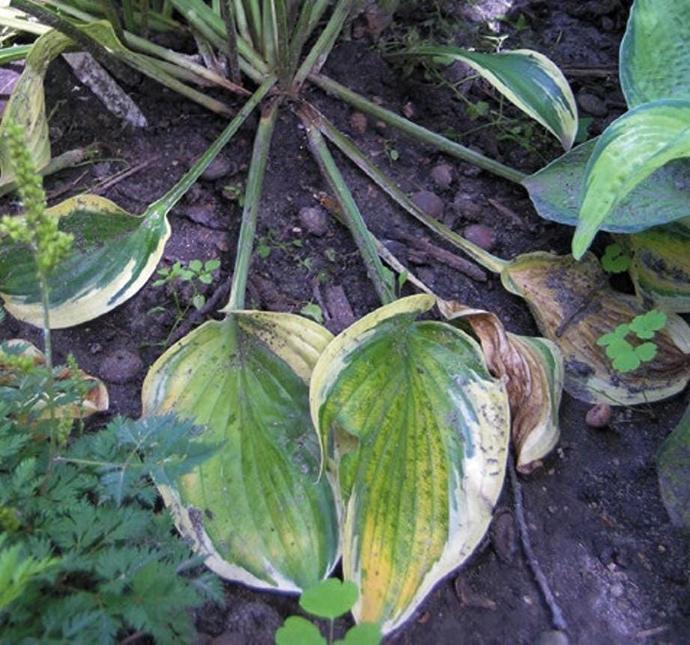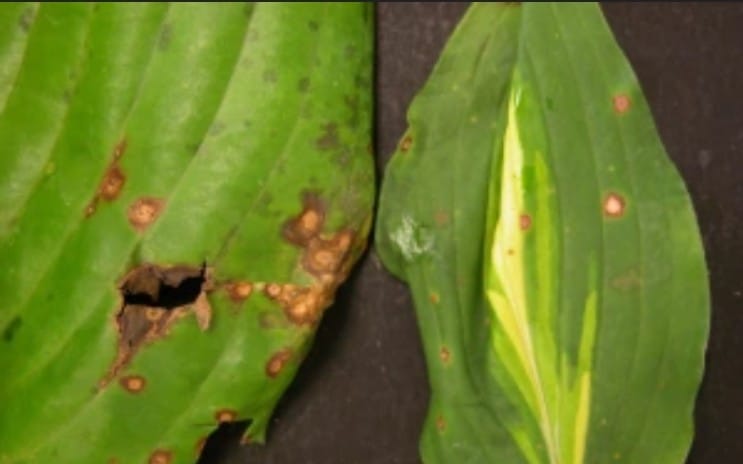Hosta Plant
Hosta, also known as Plantain Lily, is an outdoor perennial with attractive foliage. Plant in well-draining soil with partial to full shade. Water consistently and divide clumps to rejuvenate the plant. Mulch to retain moisture and suppress weeds.
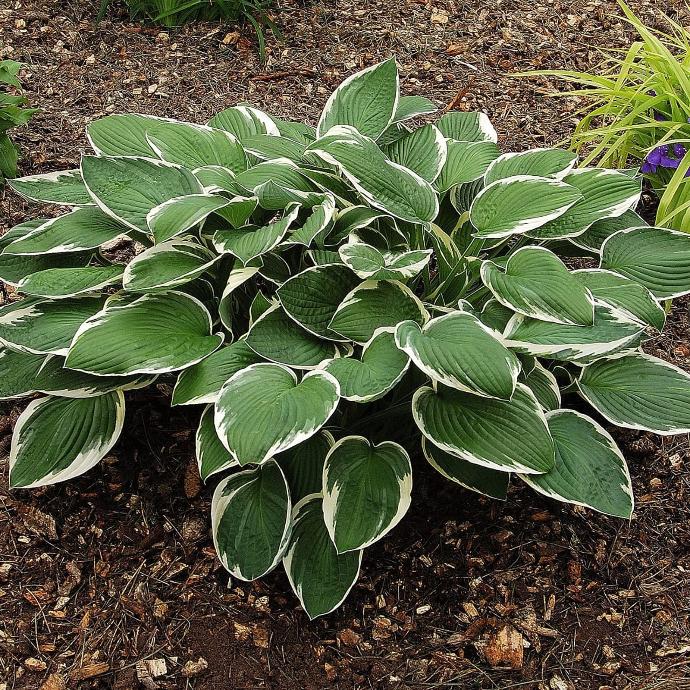
Habit
Perennial
Height
0.3 to 0.6 m
Growth
Slow
Soil
Well Drained, Loamy
Shade
Partial shade to Full Sun
Moisture
Moist
Edible
No
Medicinal
No
Origin
East Asia
Climatic Condition
Temperate, Subtropical
Temperature (°)
10°C to 20°C
Humidity (%)
60% to 80%
Potting media
50% Loam, 40% Sand, 10% Compost
Fertilizers
Organic Fertilizer
Watering
Regular watering
Plant Weight
0.3 to 0.5 kg
Flowering Time
Spring to Summer
Soil Ph level
6.0 to 7.0
Water Ph level
6.0 to 7.0
Soil EC
0.4 to 0.7 mS/cm
Yield Per Plant
1 to 2 kg per plant
NPK ratio
05:10:10
life Span
5 to 15 years
Health Benefits
Ornamental, Air-purifying
Suggested Grow Media or Potting Mix ?
50% peat, 25% compost, 25% sand
Suggested Fertigation/Fertilizers
Fertilize every 2-3 weeks with a balanced fertilizer.
Common Diseases and Remedies
Phytophtora Foliage Blight , Petiole Rot , Hosta Virus
Dark Spots on the leaves.
HEALTH BENEFITS
While primarily ornamental, young Hosta shoots are sometimes consumed in Asian cuisine and may offer antioxidants and fiber.
What Is An Hosta?
Hostas are also known as banana lilies. They are native to Northeast Asia and belong to the Asparagaceae family. Hostas are known for their thick stems, long stems and white flowers, as well as their shade tolerance.
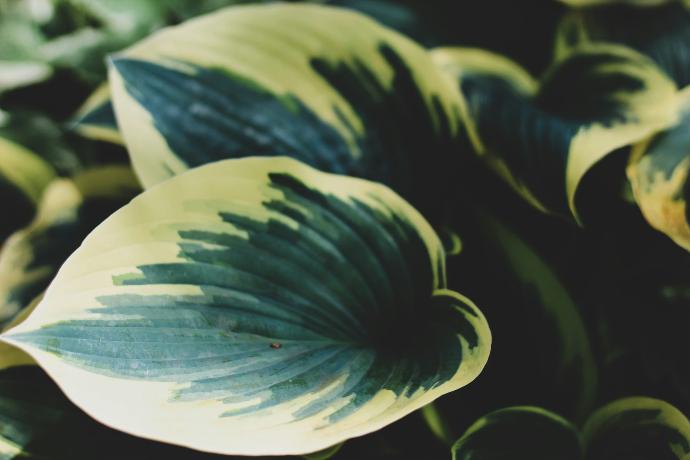
What Are The Different Types Of Hosta?
1.Blue Mouse Ears
A small, popular mini hosta suitable for containers and rock gardens. It is a perennial plant that requires very little care.
2.Halcyon
It is a shade-tolerant perennial plant with dark blue, heart-shaped leaves.
3. Empress Wu
A unique plant with large, dark green, deeply veined leaves that bloom earlier and longer than the main host 'Big John'.
4. Total and Substance Hosta
A hosta with large leaves and yellow-green leaves. It is easy to grow and tolerates shade.
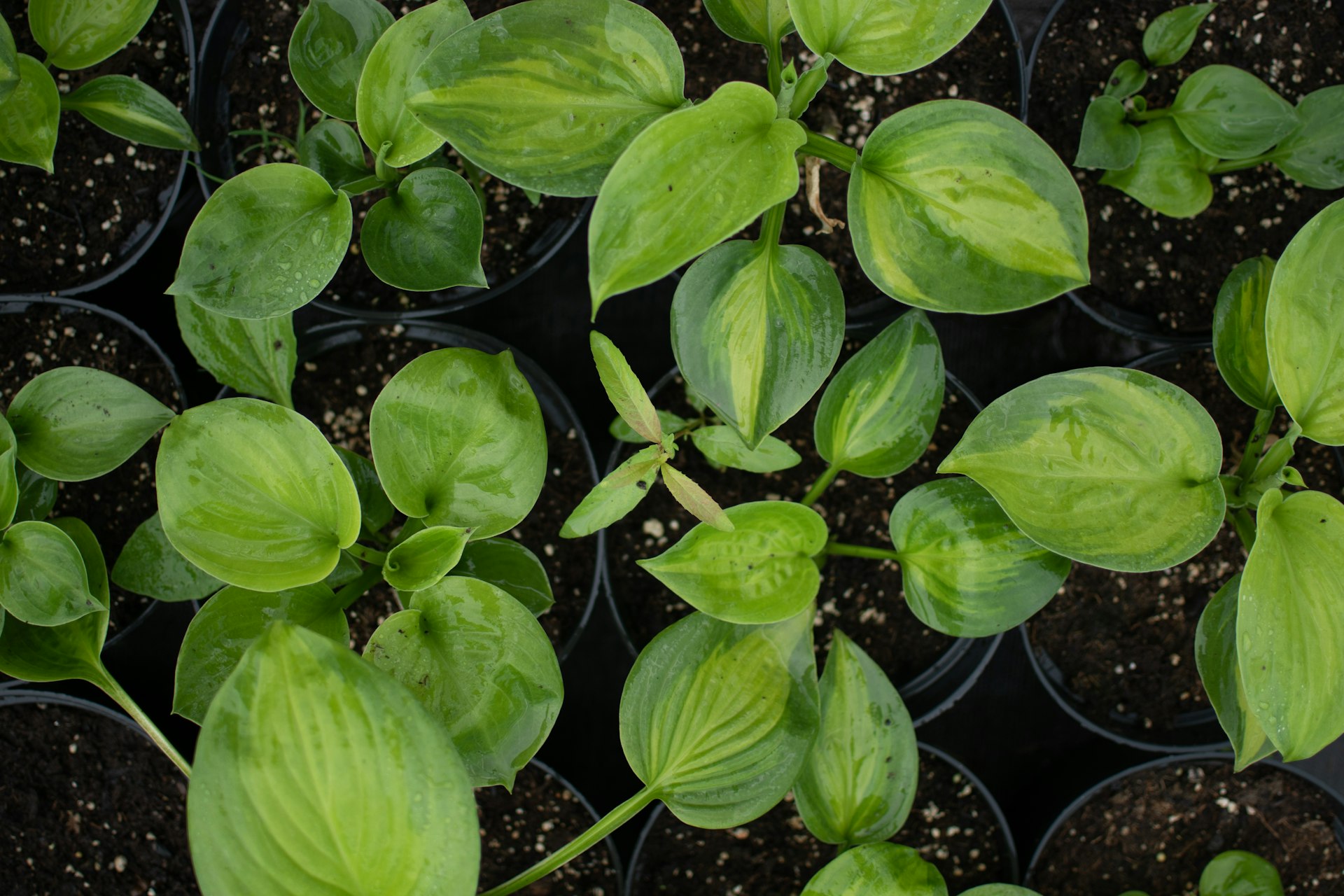
How To Care For Host Plants?
Hosta plants are low maintenance, but a little care can encourage their growth. Water your plants regularly, especially during drought, and make sure the soil is always moist but not waterlogged. Apply a balanced, slow-release fertilizer in early spring to provide necessary nutrients.
1. Location
Moist woodlands, open grasslands and stream and river banks.
2. Sunlight
Most homeowners avoid morning sun but prefer shady conditions during the hottest parts of the day.
3. Soil
Hostas grow best in fertile, well-drained soil with a slightly acidic pH of 6.5 to 7.5. Hostas tolerate morning sun but prefer shade.
4. Hydration
About one inch of water per week.
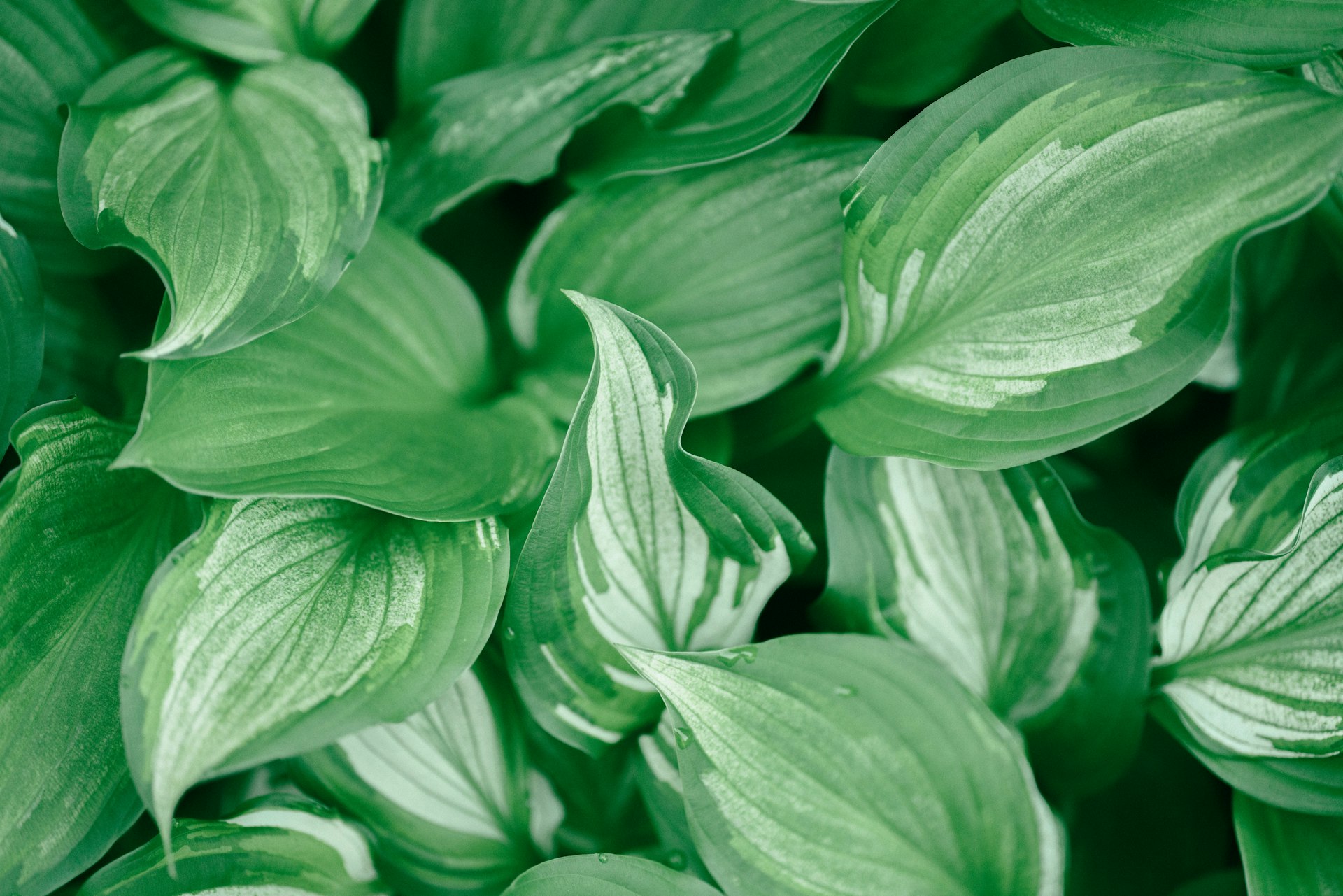
5. Nourishment
Water your plants regularly, especially during dry periods; Make sure the soil is always moist but not waterlogged. Apply a balanced, slow-release fertilizer in early spring to provide necessary nutrients. Remove plants that compete with hostas for nutrients and moisture.
6. issues
Small spots on leaves exposed to too much sunlight turn yellow or white.
Severely burned leaves may have a papery and thin, dead appearance.
Whole leaves may change color and die.
Occurs in hostas that receive too much sunlight
What are the benefits of hostas?
History and features.
Varieties and varieties.
Requires low maintenance and is easy to grow.
Prevention of pests and diseases.
Pretty leaves and flowers.
Shade tolerance and versatility.
Soil Improvement and Erosion Prevention.
Ideal development.
FAQs About Growing Hosta Plant
1. Will hosta die in winter?
Hosta are not always green and die back to the ground during the winter months. They will reappear in the spring.
2. Do hosta need water?
Hosta should be watered during the growing season when they receive up to 50 inches of rain in their habitat. They cannot adapt to low water levels.
3. Where should hosta be planted?
Hosta prefer full shade to partial shade but can tolerate early sun. They grow best in cool, rich, organic soil.
4. How do I care for hosta?
Hosta require very little care after planting. You can add mulch to help the roots stay warm and prevent weeds from growing. You can keep the leaves until spring, but it is recommended to prune in the fall, especially if you have a slug problem.
5. How to grow hosta in pots?
Make sure there is enough water in the container. Poke additional holes in the bottom of the pot if necessary. Use a good potting mix to give the plant's roots more room.
